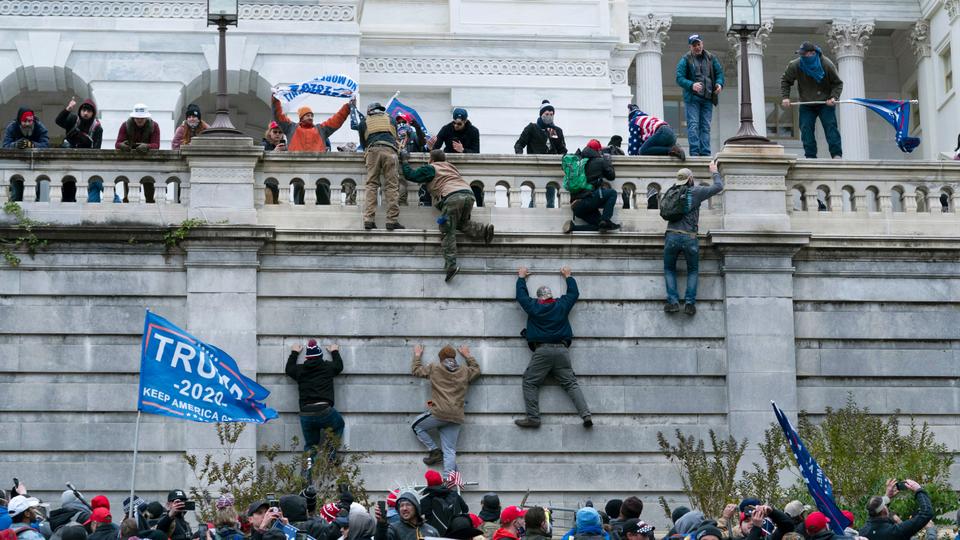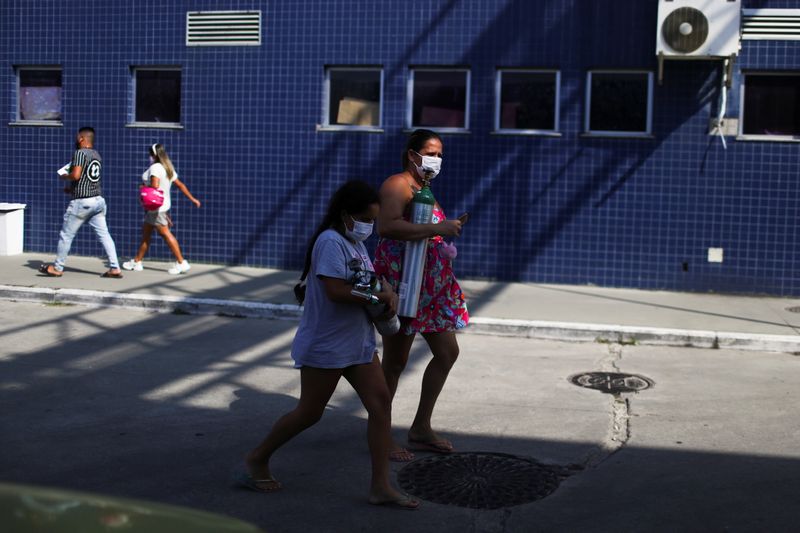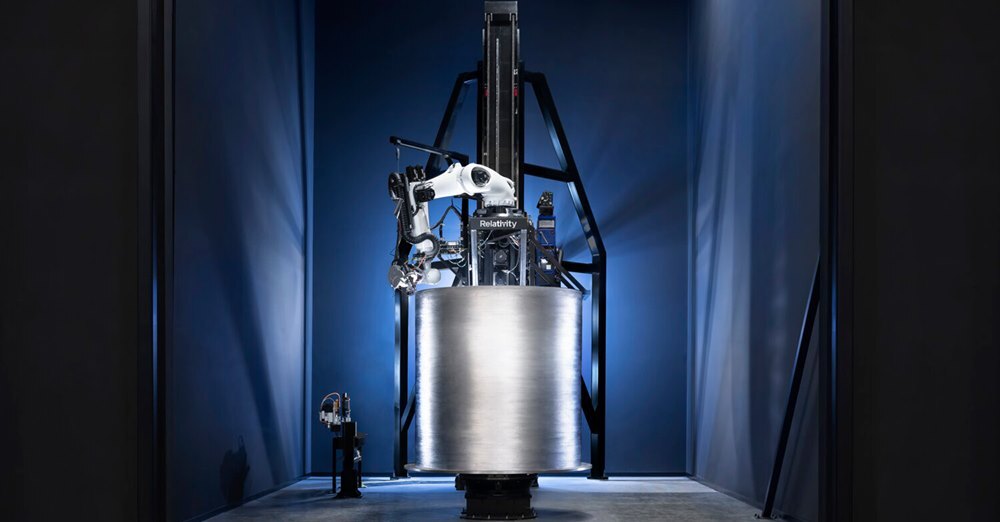Progress Report #269
Your weekly report on Alberta politics for June 8, 2021
on the web at theprogressreport.ca/progress_report_269
There is one scandal in Alberta right now that demands all of our attention. It doesn’t have anything to do with sky palaces. Brian Jean isn’t in it. There won’t be a referendum on it. And while the columnists and pundits seem to have all the time in the world for those gaffes and stunts, this issue is getting pushed to the back burner.
I would describe it as Alberta’s most pressing and severe crisis. I would say that every day that passes with things the way they are currently is a cruel, brutal injustice. And outrageously, that opinion probably puts me in the minority.
You might think it would have been cause for alarm when three men were found dead in a park in Edmonton a few weeks ago, but by today they seem to have already been forgotten. There has been a terrible inflection point in our already grim struggle with the opioid overdose crisis. All across western Canada, there are reports of a surge in the toxicity of the street drug supply—fentanyl and carfentanil are showing up in everything. And that everything includes the stats. In BC and Alberta overdoses and deaths have been spiking far above historical rates since late April, and those historical rates were pretty horrible to begin with. Big spikes, 50% or more in some regions, adding up to hundreds of deaths.
The UCP government is making this terrible situation even worse by obstructing and defunding supervised consumption sites. The conservative movement has been viciously opposed to harm reduction services for people with addictions for a long time, now. Back when the modern harm reduction model was first being worked out in InSite, in Vancouver, Harper and the federal conservatives adopted a sort of Southern Strategy in regards to the issue, pandering to the cruel and the prejudiced with spiteful policies that blocked access to care and in many cases left people dead. And here is our Premier, former Harper cabinet minister Jason Kenney, keeping up the tradition by obstructing and defunding Alberta’s overdose prevention sites.
More Albertans were killed by opioid overdoses last year than by COVID-19 and it’s are only getting worse. “The fentanyl problem isn’t going away,” warns professor Andrew Greenshaw from the University of Alberta, citing a staggering 118% increase in deaths since the UCP started closing down overdose prevention services. It’s time that we demanded the UCP stop their insane crusade against health care for people who have addictions. Jason Kenney’s rants may be offensive, and his gaffes may get on our nerves, but this project of his is killing Albertans. It’s killing us every day. And that’s the real story right now.
Sundries
The Alberta NDP held their annual convention this year and I haven’t heard anything from it that surprises me. Rachel Notley won an absurd 98.2% approval vote in their leadership review. As you might expect from a weekend that cheerlead-y, most of the things that made it into the policy book were either things the NDP caucus was already talking about. The two big policy pitches of the weekend: a pledge to make Alberta’s electricity grid net-zero by 2035, and a pledge to re-introduce public daycare (presumably not just as a tiny pilot project this time.)
Survivors of Alberta’s residential schools are calling for investigations into the graves at those schools, and it is almost certain that there are terrible things to find at many of them. 25 of the institutions, whose vile goal was to wipe the Indigenous culture out of Indigenous children, operated here in Alberta.
Jason Kenney continues to struggle with the fallout of his unwise party at the ‘sky palace’ last week: several backbenchers and now even cabinet members are criticizing him publicly. Just a few days ago he was still insisting that no rules had been broken, but he gave that lie up to apologize yesterday. His former rival for the UCP leadership, Brian Jean, publicly urged him to resign, though we still haven’t seen whether or not that’s had any impact.
The UCP have announced the details for their upcoming referendum on the equalization program, and already constitutional law experts are pointing out that the referendum is fundamentally broken and useless. The equalization program, which distributes federal tax funds in order to ensure that every province can keep up certain minimum standards of public services, is not the province’s to change. What a referendum will do, however, is drive a lot of conservative voters to the polls for municipal elections in the province that will be happening on the same day. As if just to underscore how corrupt this whole sham is, the UCP are bringing in a new law, presently Bill 68, which will let them use government resources to run a whole campaign on the referendum too.
That's all for this week. Please share our newsletter with any friends or family who you think would like political news and commentary from a progressive point of view. If someone forwarded this newsletter to you, you can sign up for it here.
http://www.progressalberta.ca/














